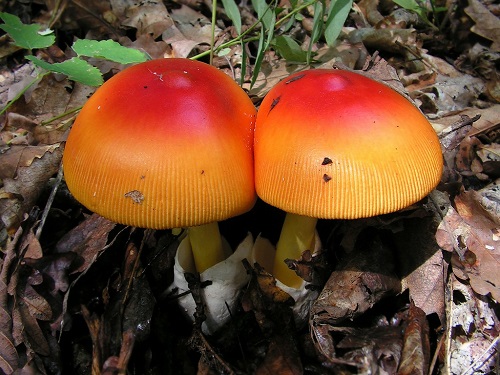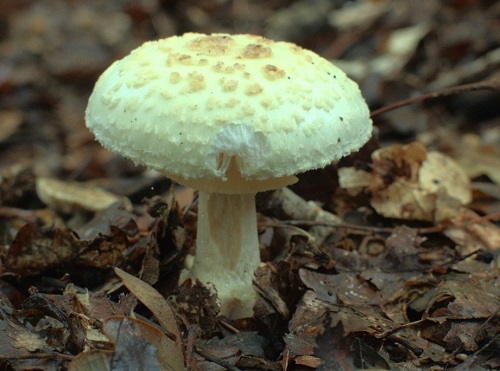How to identify amanita muscaria or Amanita caesareoides
How to identify amanita muscaria or Amanita caesareoides
Like a rather small number of fly agarics, the Far Eastern, oddly enough, refers to an edible category. And in the Far East it is considered a real delicacy.

Identify this species of fungi can beFollowing features. In the young fly agaric, the cap has the shape of an egg, which then spreads, but retains a broad tubercle in the center. The skin of the "top" of the fungus is bright red. Flesh in the stem, and in the hat of Far Eastern fly agaric - always white. The leg itself is yellowish, or completely hollow, or with loose and cotton-like filling.
Mushroom plates yellow, in damp weather more vivid, and in arid - noticeably paler. This species also often has remains of veils on the mushroom ring, which is more noticeable in young fungi.
The most frequent forest "neighbors" of the Far Eastmushroom - oaks, hazel, birch. In the traditional region of its growth, the Sakhalin birch is no less traditional for this fungus. In Kamchatka, the fly agaric grows much less frequently than in the Primorye Territory of Russia. In addition to these regions, Far Eastern fly agarics are also harvested in the Amur Region, on Sakhalin, in the Khabarovsk Territory. It is very valuable place of this mushroom in the culinary traditions of the inhabitants of Japan, China and Korea.
Externally, the Far Eastern fly agaric is very similar to the edible Caesar mushroom, but there is a danger of confusing them with the poisonous red fly agaric, so when picking up the mushrooms one should be very careful.







